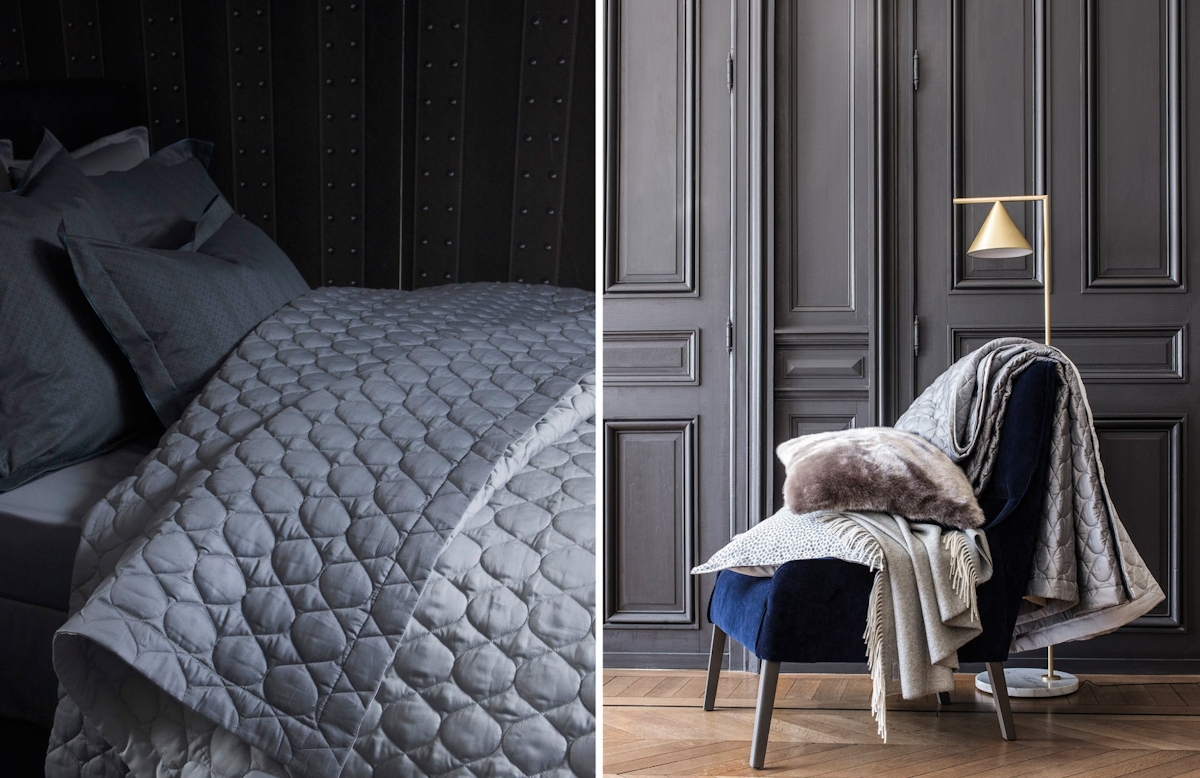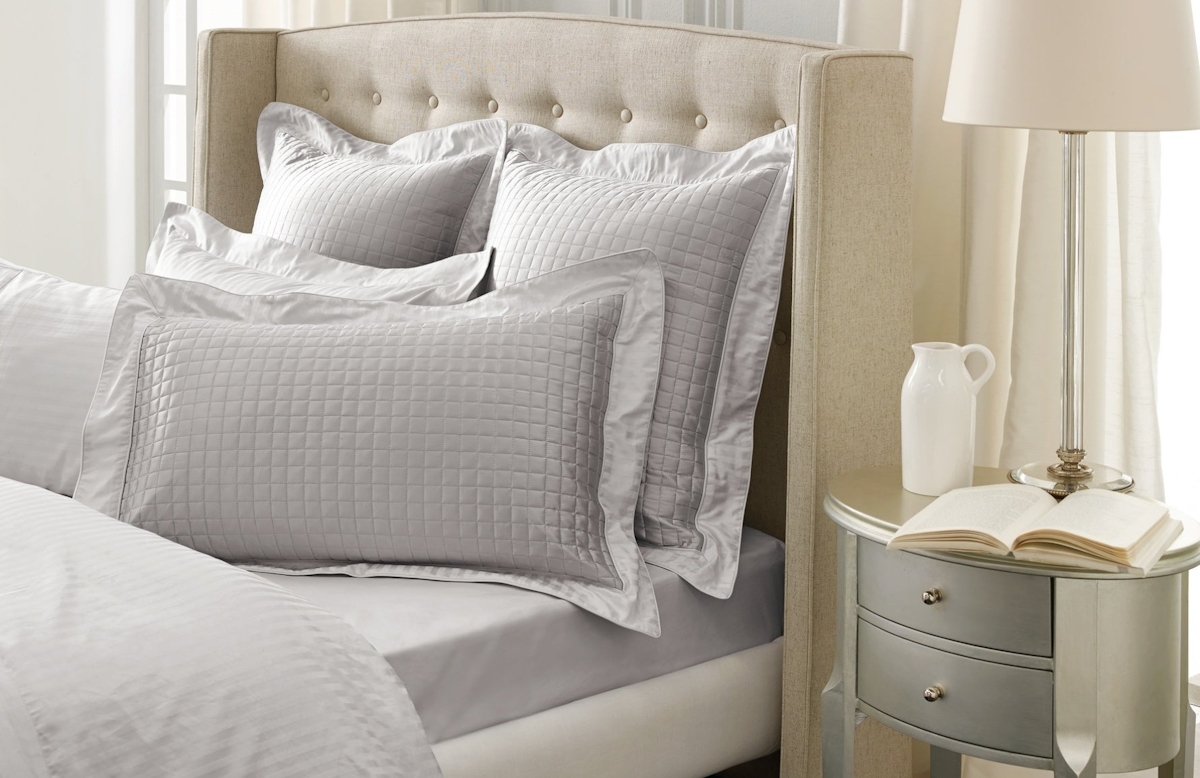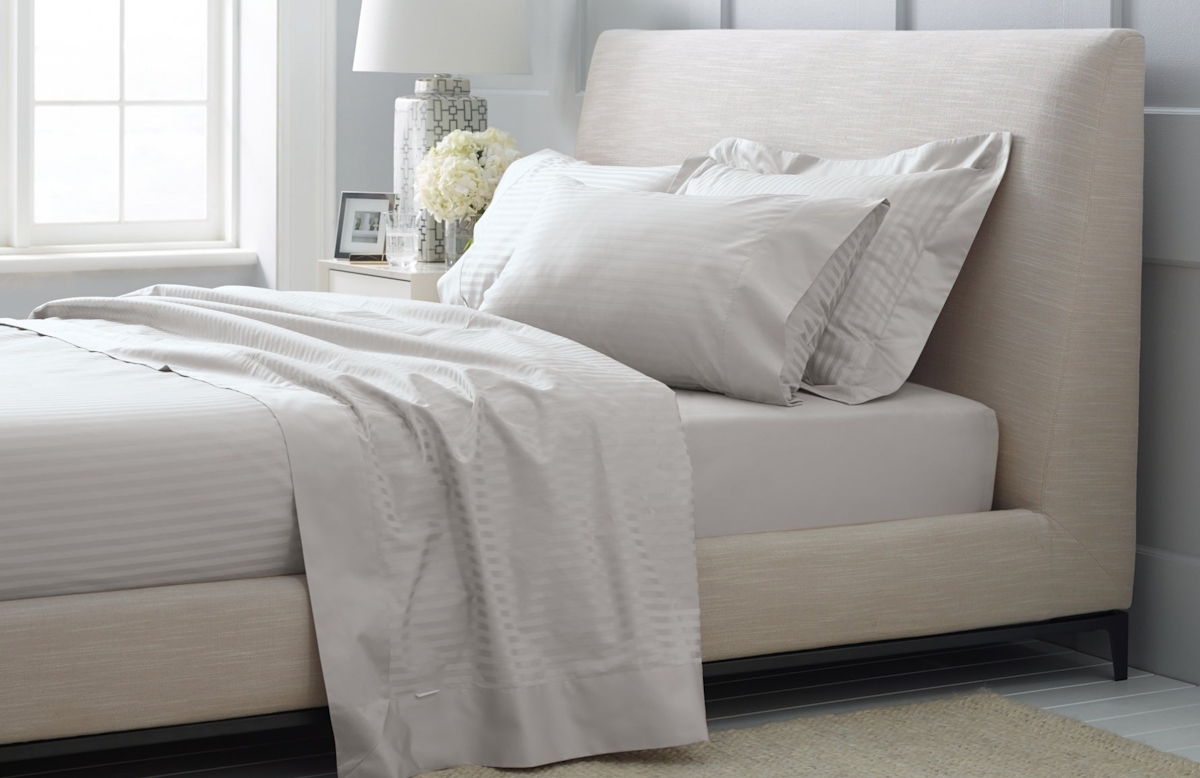Immaculately kept bedding is the making of a beautiful bed display and the secret to enjoying a sublime sleep night after night. Just like any investment for your home, high-quality bed linen deserves the finest love, care and maintenance, and understanding the best ways to wash, dry, and store bedding is invaluable to its appearance and lifespan.
From washing and ironing tips to storage advice, discover how to keep your bedding essentials in prime condition with these simple, effective ground rules.






/products/gnaudubonpktl1631988855368.jpg)

/products/NORMA-DoubleBedDeepBlueViennaFabric21632025146307.jpg)
